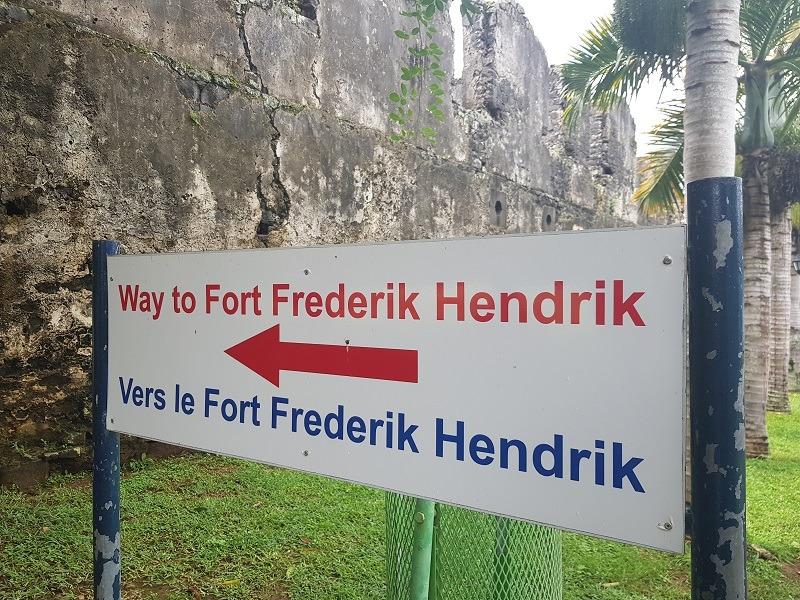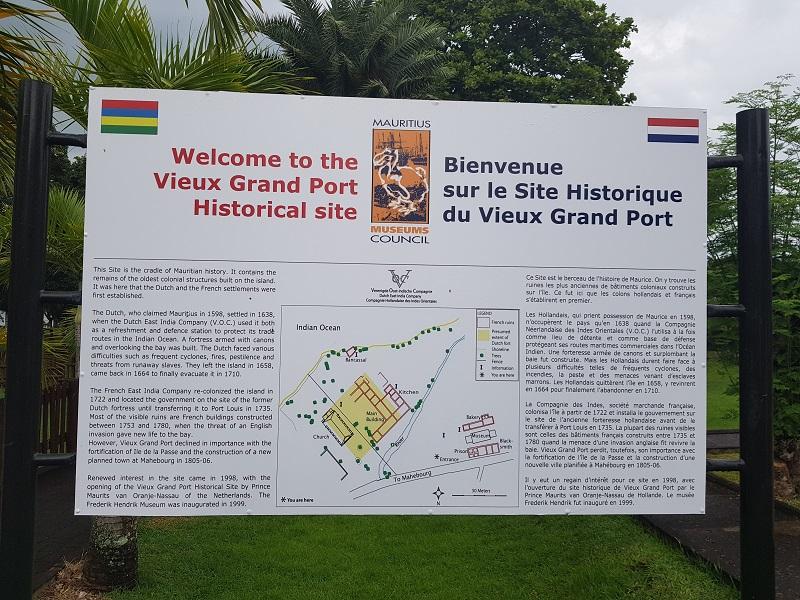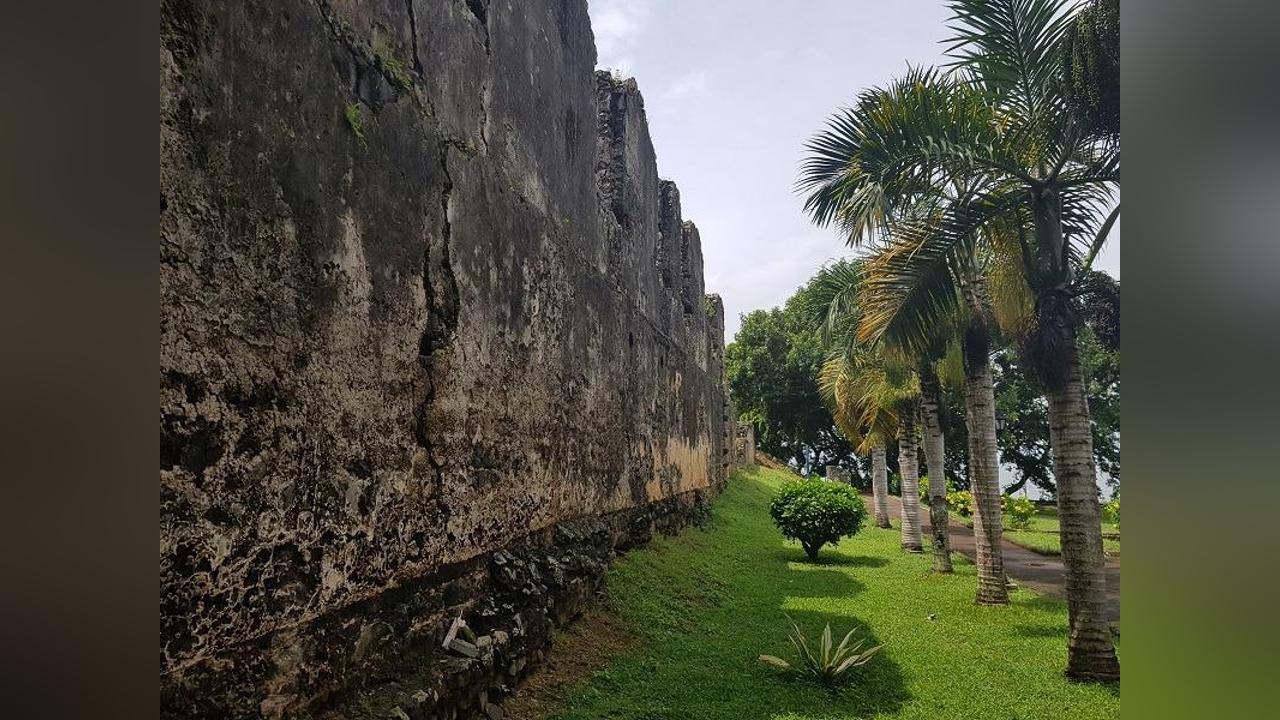Africa-Press – Mauritius. It is a leap of 400 years back that I propose to you! It was in the early 1500s that Mauritius was discovered by Portuguese navigators. They would have named it Ilha do Cirne because of the large number of birds they saw gathered on the shore, approaching the island.
Navigators took them for swans, but everything suggests that they were actually dodos. In 1580, Holland was united to the Spanish crown under Phillip II. Fighting with the Portuguese for the Indies, the Dutch traders decided to form companies to exploit the East.
On September 18, 1598, a Dutch division of three vessels (Amsterdam, Holland et Zealand) under the command of Vice-Admiral Wibrant-Van-Warwyk arrived at the Ilha do Cirne.
They discovered a beautiful well-enclosed port (the Port-Sud-Est, today called Vieux-Grand-Port). Vice-Admiral Wibrant-Van-Warwyk (vessel Amsterdam) formally took possession of the island for Holland.
He named her Mauritius (Mauritius), named after Prince Maurice Orange of Nassau. The flagship of the expedition was also called Mauritius, but had not arrived at the Ilha do Cirne with the others.
The three vessels left Mauritius on October 3, 1598. Admiral Wibrant-Van-Warwyk returned to the island on April 6, 1606, with six ships. The same year, Admiral Cornelis Matelief de Jonge introduced lemon trees, orange trees, pineapple plants, banana trees, a few goats and pigs to the island.
However, it was not until 1638 under the administration of Governor Pieter de Goyer (the first Dutch governor of the island) that the Dutch established their headquarters at Port-Sud-Est (Vieux-Grand-Port).
They built Fort Frederick Hendrick there, named after Frederic Henri de Nassau, younger brother of Maurice de Nassau. The fort was burned and destroyed by the Dutch themselves in 1710.
That same year, they definitively abandoned the island to concentrate on their colony of the Cape of Good Hope (South Africa). Remains of Fort Frederick Hendrick still exist today in Vieux-Grand-Port, in the south-east of Mauritius.
The site houses a museum which was inaugurated in September 1998 by Prince Maurits of Orange-Nassau, as part of celebrations marking 400 years since the arrival of the Dutch in Mauritius.
It is with great emotion that we can see the foundations of the fort facing the sea, as well as some sections of stone wall that have survived the centuries:
In addition to the Frederick Hendrick Museum, Vieux-Grand-Port is a place full of references to the passage of the Dutch. The latter certainly introduced lemon trees and other fruit trees, but above all they introduced the essential sugar cane.
This has been the lung and keystone of the Mauritian economy for several centuries. The Chamber of Agriculture has erected a monument to commemorate the introduction of sugar cane by the Dutch:
In addition to sugar cane, it is also to the Dutch that we owe the introduction of deer, imported from Java (Indonesia). The latter quickly multiplied and once populated the Mauritian forests.
Unfortunately, endemic forests almost no longer exist and deer live today in a few hunts here and there. The Society of Hunters of Mauritius has also erected a stele commemorating the introduction of deer in Mauritius.
The inscriptions, difficult to read, are in French, English and Dutch: If the Dutch settlers introduced on the island several elements that later constituted the identity of Mauritius (sugar cane and deer), they also stripped it of a unique and emblematic animal: the sleep.
It is therefore no coincidence that the sugar cane, the deer and the dodo are together the main figures of the coat of arms and coat of arms of Mauritius. Noortwyk Plain Moreover, traces of the Dutch period are not found only in the Vieux-Grand-Port.
Indeed, Governor Issac Johannes Lamotius (in office from 1677 to 1692), had about fifteen acres cleared in Noortwyk Plain (northern plains in Dutch), where he had sugar cane planted.
The settlers had developed hand presses through which they obtained juice from canes for their consumption. It is moreover from this period and from the term Plain that the name Flacq came to us (current district located northeast of Vieux-Grand-Port).
Then around 1696, the Dutch decided to found various establishments in the form of camps in Port-Nord-Ouest, Rivière Noire, and Plaines Wilhems. The name “Plaines Wilhems” (another current district of Mauritius) comes from the surname of two brothers, the Wilhems brothers, who were the first to cultivate these plains.
Besides the names of some districts, the Pieter Both mountain is also a legacy of the Dutch period. Pieter Both, first Governor of the Dutch Indies, is considered the founder of the Dutch Empire in India.
In January 1615, Governor Pieter Both landed in Mauritius with four ships to cool off there. But two of the ships, one of which he is, are pushed out to sea during a storm.
The two vessels are then thrown back to the coast. They perish there, with half of their crews, and among them Governor Both himself. According to legend, his body was found in the bay which has since been called Baie-du-Tombeau.
In homage, his name was then given to the montagne facing Baie-du-Tombeau. 1638 Pieter de Goyer, the first Dutch governor. 1649 Adrian Van der Stel 1650 Maximilien the Younger
1659 Adrian Newland
1664 Dirk Janszeen Scientist
1668 George Frederic Cruel
1671 Herbert Hugo
1677 Isaac Joanes Lamotius
1692 Roelof Diodati
1705 – 1710 Abraham Mommer Van de Velde, le dernier governor hollandais.


For More News And Analysis About Mauritius Follow Africa-Press







